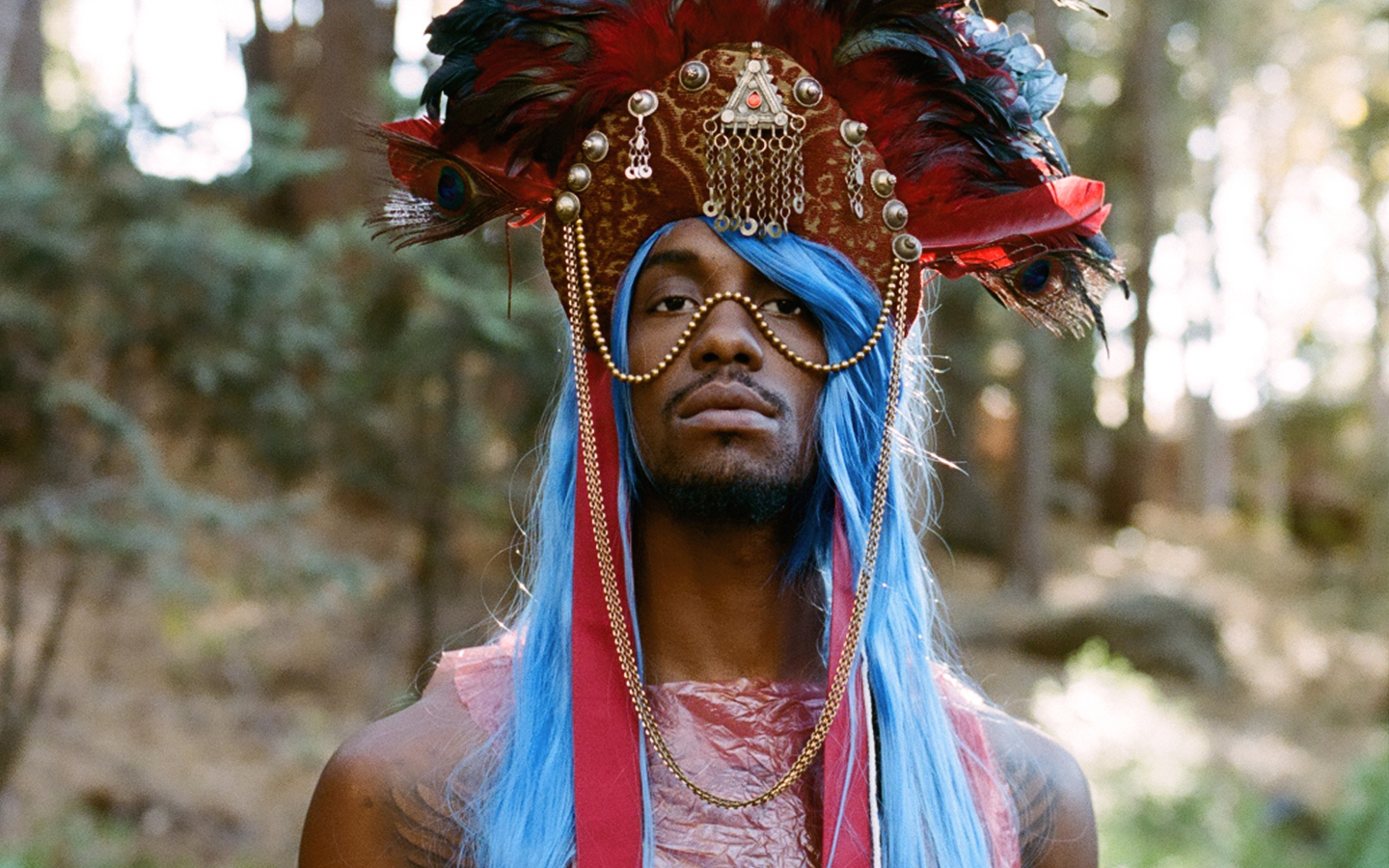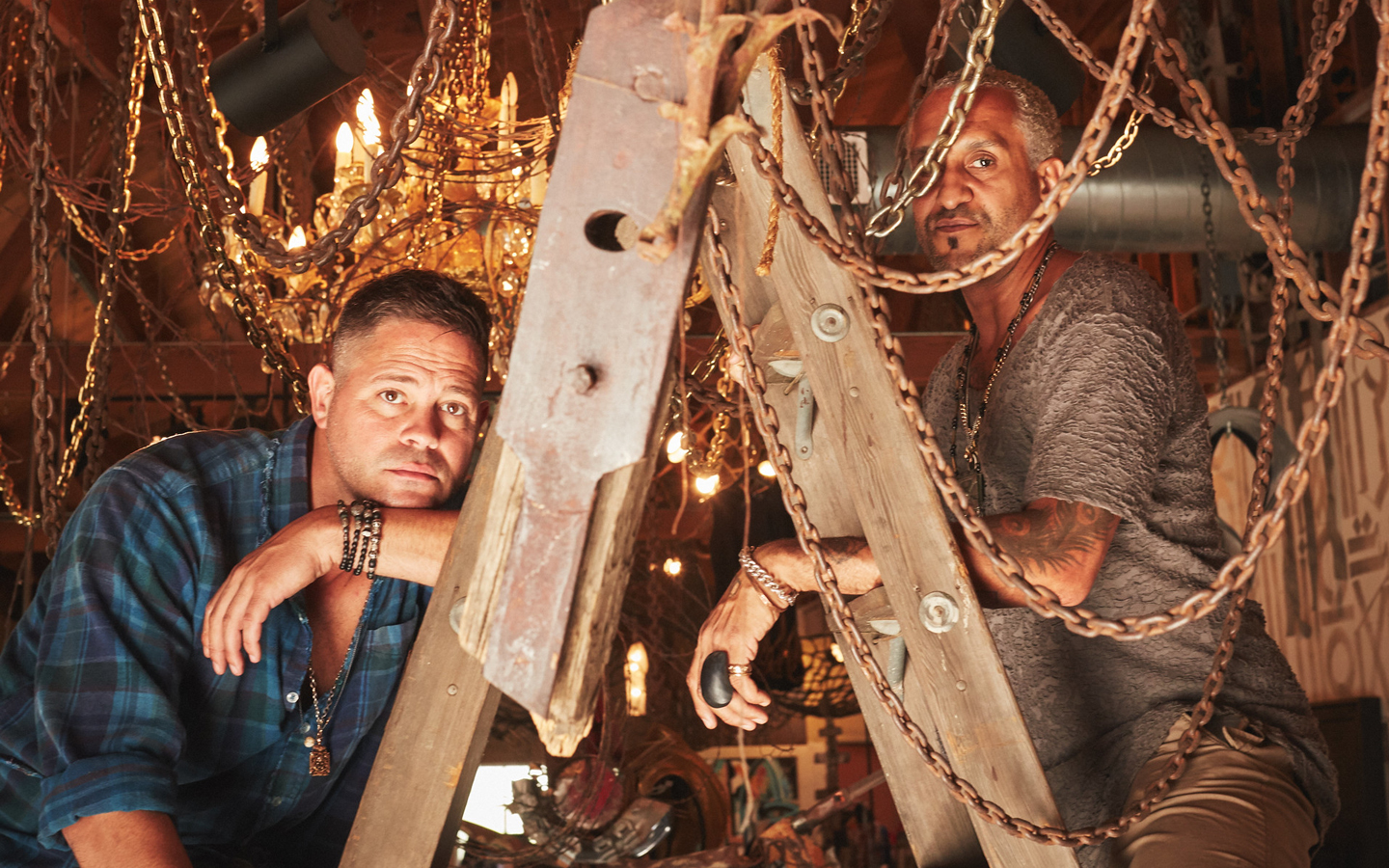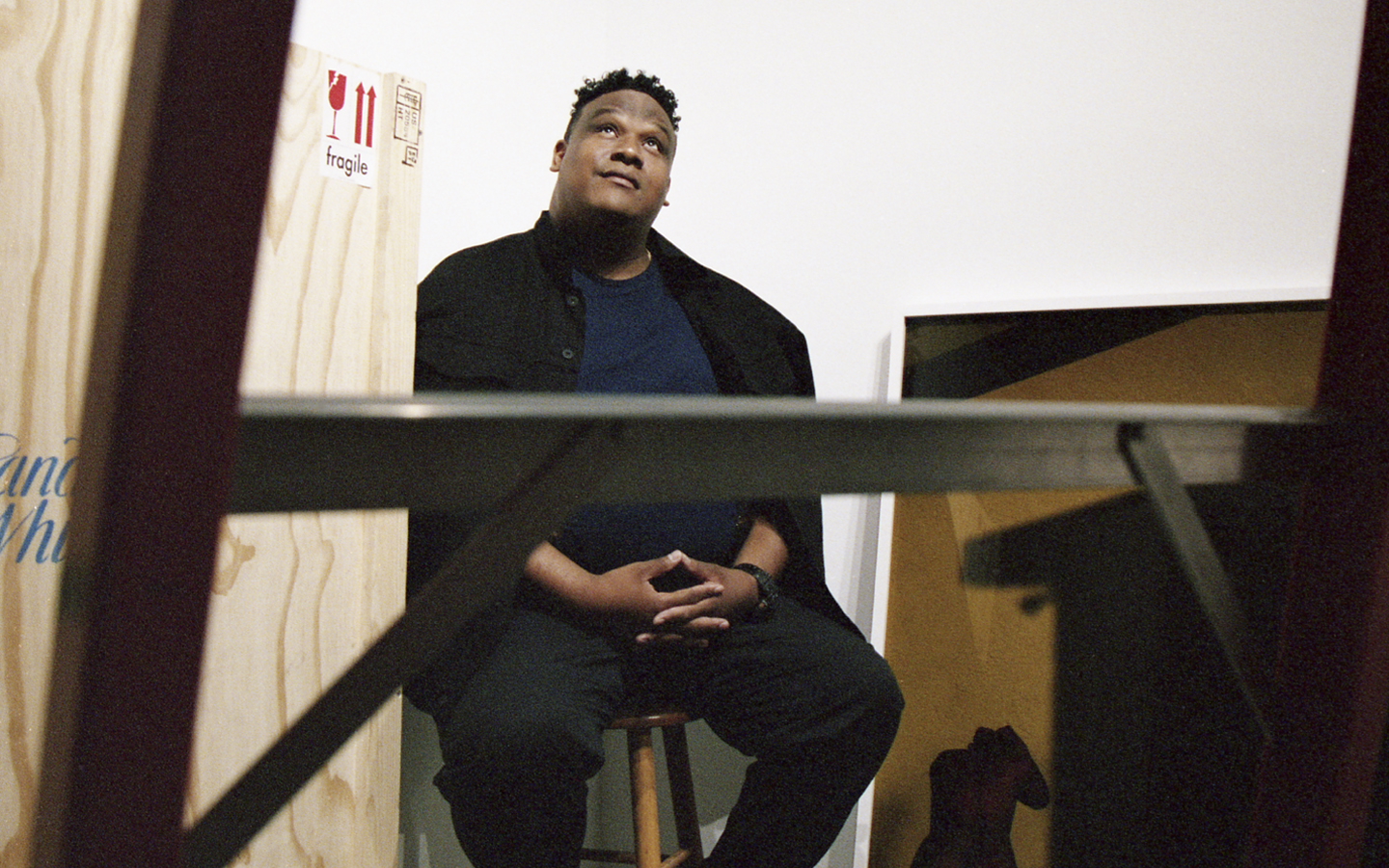
Two Spirit
text ALEX KOZELA
35mm film ASHLEY GUO
Long ago, so the Navajo legend goes, there was a separation of the sexes. Man and woman found themselves embroiled in a bitter argument, dividing the genders. Men went to one side of the river, while the women went to the other. It was the nádleehi—“an effeminate male,” “male-bodied person with a feminine nature,” or literally “one who changes”—that brought the sexes back together. It is because of the nádleehi that the Navajo came together and survived.
The nádleehi experience a kind of gender fluidity in which their role and identity can morph based on their surroundings, transitioning amidst differing groups of people or amongst varied cultural contexts. During this continent’s earliest days, this was considered a norm. In fact, it was celebrated.
For indigenous people who fulfill a traditional third, fourth, or varied gender role, they are seen as two-spirited beings—two spirits within one body. A two-spirited individual fuses the masculine and feminine—often performing roles and wearing clothing associated with both men and women—and transcends the binary constrictions that European colonizers brought with them.
The term “Two Spirit” exists on a different plane from “gay Indian” or “LGBT Native” in that it isn’t a modern, self-chosen term of personal identity. It is a sacred and ceremonial cultural role—someone who may serve as a mediator in disputes between men and women, or as facilitator of a romance. Sexually free, a Two Spirit is seen as an intermediary between dueling energies, an embodiment of two genders residing within the same person.
“There was no official term,” says Ben Lucero Wolf, speaking of his upbringing in the Kiowa tribe. “It wasn’t degrading, it wasn’t humiliating—if you referred to them, it was referring to them as a person, your family. The two-spirited were just holy, sacred people. That’s how it was.”
Two-spirited beings may cook and organize one day, and haul and chop wood the other. Some were initiated in what is known to the Great Basin Tribes as the “basket and the bow ceremony,” in which a boy or girl of pubescent age would be offered the option of a bow and arrow or a basket. The decision would determine the role they would play in the community. If a girl chose the bow or the boy the basket, that person was believed to have both a male and female spirit—a special gift that is well accepted in indigenous circles.
Historically, Native Americans assigned no moral significance to sexuality, as a person was judged for their personal character and their contributions to the tribe. Instead of emphasizing the homosexuality of these individuals, their unique spirituality was highlighted, with androgynous and transgender persons seen as especially blessed with heightened abilities. Two-spirited people were often revered, not relegated; and lifted to positions as religious leaders, teachers, healers, mystics, marriage counselors, singers and artists, while often adopting orphaned children and tending to the elderly.
For compassionate beings known to have high-functioning intellect and creative ability, and celebrated as the keepers of balance in their communities, there have undoubtedly been challenges about being open about this role in the greater, more confusing cultural plane of America.
“I had never heard the word “faggot” until I moved away from the reservation. And that happened my first year of college when I was on campus and a person looked at me and said, ‘Oh, you’re a faggot,’” said Elton Naswood, a two-spirited Navajo, or nádleehi. “I never heard that term used in that way and it felt very demeaning because of the way I was raised and the way I was brought up. Being who I was wasn’t seen in a negative light. There were no words that were used to say demeaning things like that.”
Lucero Wolf, whose grandparents come from a traditional Native background, but with many Baptist, Methodist, and Pentecostal Christian influences, remembers the stigma around his cultural role in certain religious contexts.
“Hearing the religious aspects about being gay back then, it would tell you you’re going to hell, you’re being condemned,” he said. “Why would God do this to you? You know, our creator, our God. So I’m looking at it from a Christian point of view, a religious point of view, thinking, ‘Is it true? Did you make me this way, God, that I one day will go to hell?’ And so no matter what I do, or how good I am, or if I try to be good and do the things that are pleasing to my creator, my God, that it won’t matter? That I’m gonna go to hell because of who I am?”
“I think American society is really caught up in the boxes and the labeling of who individuals are, and that the allowing of individuals to be who they are is not seen as socially acceptable,” added Naswood. “That we have to divide individuals in square boxes. ‘Oh, you’re Native,’ and, ‘You’re lesbian,’ or, ‘You’re bisexual,’ and, ‘You’re uncircumcised,’ you know, those types of things. Those are American thought processes. That is something that has historically been ingrained in who we are as Americans. Yet when we try to get away from that and try to understand the Native, then we begin to understand that these boxes never existed.”
A Two Spirit may identify with every letter in “LGBTQ,” or none of them, acknowledging the complex continuum of gender identity and expression that a western mindset has often failed to grasp and define.
Today, the Red Circle Project is the only Los Angeles-based support group for Two Spirit Native American men. It’s run in conjunction with AIDS Project Los Angeles and provides Two Spirit men with companionship, community, and support. They gather over everything from powwows to HIV prevention.
“Our Red Circle Project is about that connection,” says Lucero Wolf. “Everything is that circle in life, you know, that connection. Because that’s what we’re supposed to do—help each other.”
And few are as tuned in to the multitudes of energies existing in this worldly plane and beyond as two-spirited individuals.
“In our own true traditions, our history, they are part of everything,” Lucero Wolf adds. “That circle. They’re connected. We are connected. To one umbilical cord, to everything. Our Mother Earth.” ҂




